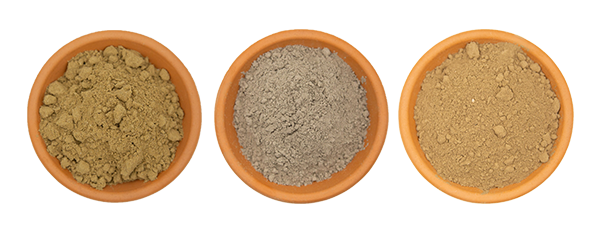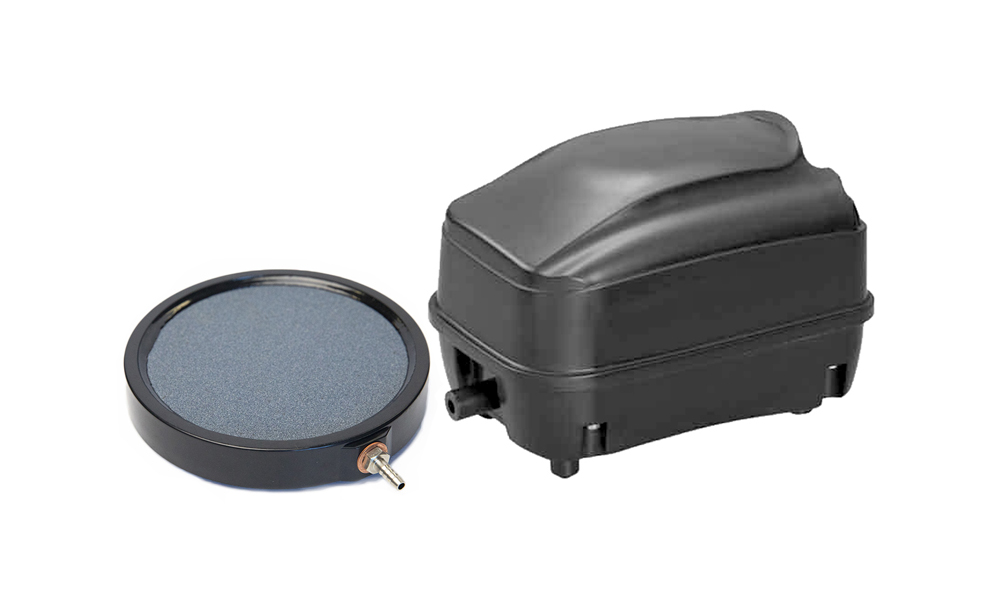Top 7 Accessories for Hydroponic Setup in Australia
By Hydro Experts | 19 March 2025
Hydroponics is revolutionizing the way we grow food, especially in Australia, where soil conditions can be challenging, and water conservation is critical. Whether you're just starting out or optimizing an existing system, having the right accessories can make a world of difference. From managing heat in the blistering Aussie summers to ensuring proper airflow and oxygenation, these seven must-have hydroponic accessories will help you maximize your yield and efficiency.
1. Grow Lights
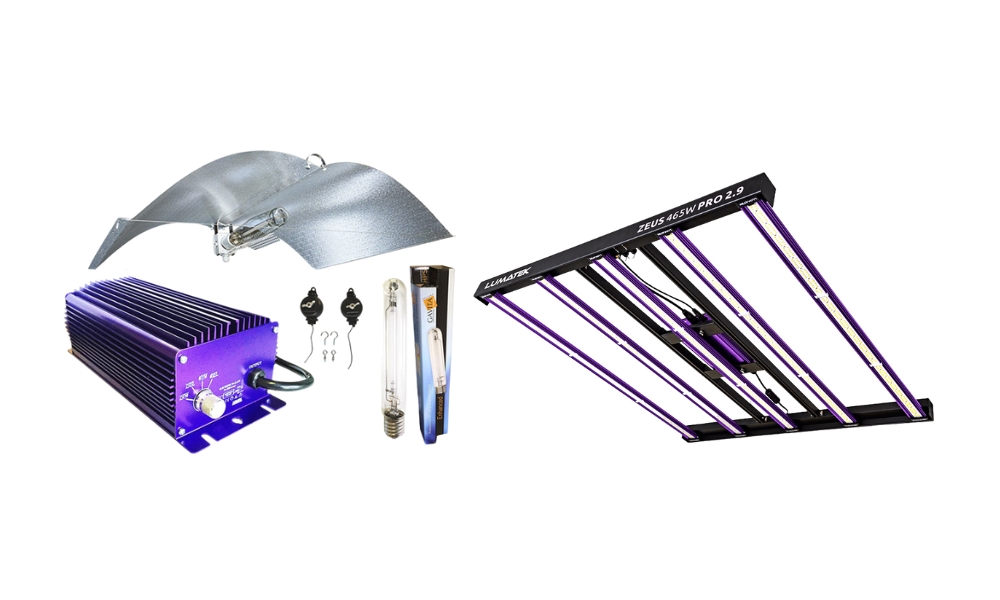
While natural sunlight is ideal, not all hydroponic setups have access to ample light, especially indoor and vertical farms. High-quality LED grow lights or full-spectrum HPS/MH lights ensure that plants receive the necessary wavelengths for photosynthesis. If you want a detailed insight into what LED grow lights are, check out our latest blog here. Click Here
Choosing between LED and HPS lights is like picking between a smartphone and a landline. LEDs are energy-efficient, produce less heat, and last longer perfect for small indoor grows. They also mimic natural sunlight, helping plants thrive. HPS lights are powerful and better for large-scale operations but run hot, requiring extra cooling like keeping an oven in a small room.
Australia’s hot summers make heat control crucial. LEDs help, but if using HPS, run lights at night when it's cooler. It’s like exercising, much easier in the evening than in the midday heat!
Why It’s Essential
Grow lights ensure consistent plant growth regardless of external weather conditions, making them indispensable for indoor hydroponics. In Australia, where seasonal variations can impact daylight hours, a reliable artificial light source guarantees steady production.
Installation Tips
To get the most out of your grow lights, ensure they are positioned at the right height above your plants. Too close, and you risk burning the foliage; too far, and your plants may become leggy and weak. Adjusting light intensity throughout different growth stages can also optimize yields.
2. Exhaust Fans & Ventilation
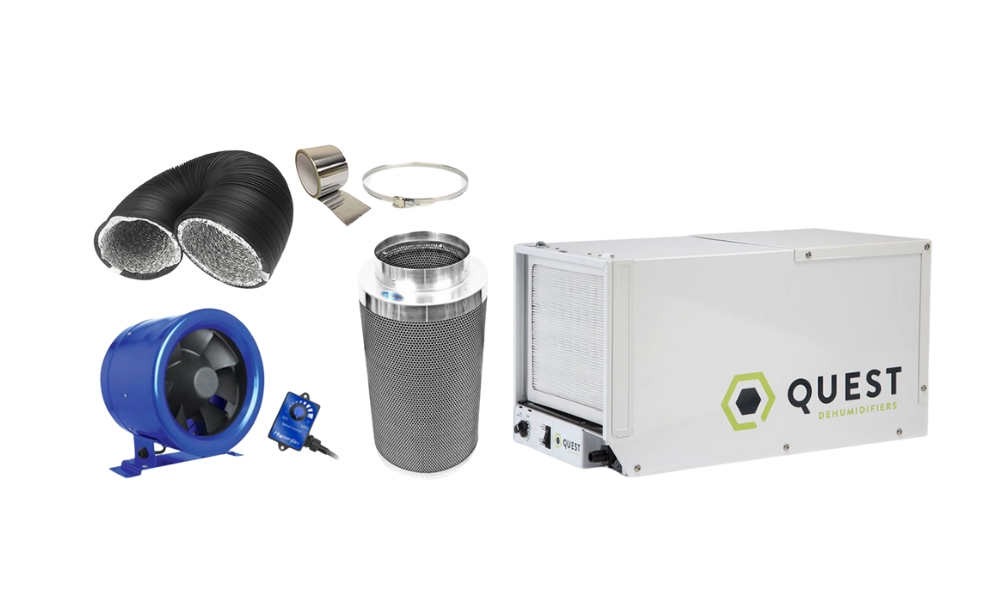
Heat and humidity control are crucial in hydroponics, particularly in Australia’s warmer regions. Proper ventilation prevents mould, pests, and overheating. Inline fans are your primary air movers - they're the backbone of any good ventilation setup. By pulling old air out and fresh air in, they prevent heat buildup and keep the environment healthy. Think of them as working silently behind the scenes, tucked away in ductwork while doing the heavy lifting of air exchange.
Oscillating fans take things a step further by making sure that air actually reaches every corner of your space. Unlike fixed fans that create dead zones, these fans sweep back and forth to distribute air evenly throughout the room. It's like having a gentle breeze that reaches everywhere it needs to go.
Carbon filters really shine when you need clean, odour-free air indoors. Their activated carbon technology acts like a sponge, absorbing unwanted particles and smells from the air. They're incredibly effective at maintaining pristine air quality without adding any chemicals to your environment.
Why It’s Essential
Ventilation is often overlooked but plays a key role in maintaining the right environmental balance. High humidity and stagnant air can lead to mould growth, pest infestations, and weakened plants. Investing in proper ventilation is crucial for keeping your hydroponic plants thriving.
Common Mistakes to Avoid
One common mistake is placing fans incorrectly. Inline fans should vent warm air outside while oscillating fans should be strategically positioned to ensure even air distribution without causing excessive wind stress on plants.
3. Air Pumps & Air Stones: Oxygenating Your Nutrient Solution
Oxygen levels in water are crucial for root health, especially in Deep Water Culture (DWC) and NFT (Nutrient Film Technique) systems. Air pumps and air stones ensure adequate oxygenation, preventing root rot and promoting nutrient absorption.
When we talk about pump power, we're essentially discussing the heart of your aeration system. Just like your heart needs to work harder to supply blood to a larger body, a pump needs more power to effectively aerate a larger volume of water. The key is matching your pump's capacity to your reservoir size - too weak, and you'll have oxygen-poor zones; too powerful, and you're wasting energy while potentially creating too much turbulence. Looking for more details on Air pumps? check out our latest blog on How to Choose the Right Air Pump for Your Pond, here. (Click Here)
Air stone size directly impacts how efficiently oxygen dissolves into your water. Think of it like the difference between pouring sand versus pouring gravel into water - the finer particles (in this case, air bubbles) create much more surface area for gas exchange.
When your air stone produces these tiny bubbles, each one acts as a miniature oxygen delivery system, maximizing the transfer of oxygen from air to water. These fine bubbles also stay suspended in the water longer, giving more time for oxygen dissolution.
The Australian climate adds another crucial dimension to this equation. Water follows a fundamental principle: as its temperature rises, its ability to hold dissolved oxygen decreases.
During the hot Australian summer, when water temperatures can climb significantly, this becomes particularly important. For example, water at 30°C (86°F) holds about 7.5 mg/L of oxygen at saturation, while at 20°C (68°F) it can hold roughly 9.0 mg/L - that's a significant difference that needs to be compensated for through enhanced aeration.
Why It’s Essential
Without proper aeration, plant roots may suffocate due to stagnant water conditions. This accessory helps maintain optimal oxygen levels, reducing the risk of root diseases and promoting faster, healthier plant growth.
Tip: If you notice plant roots turning brown or developing a foul smell, it’s a sign of poor oxygenation. Upgrading your air pump and using multiple air stones can prevent these issues.
4. Water Chillers
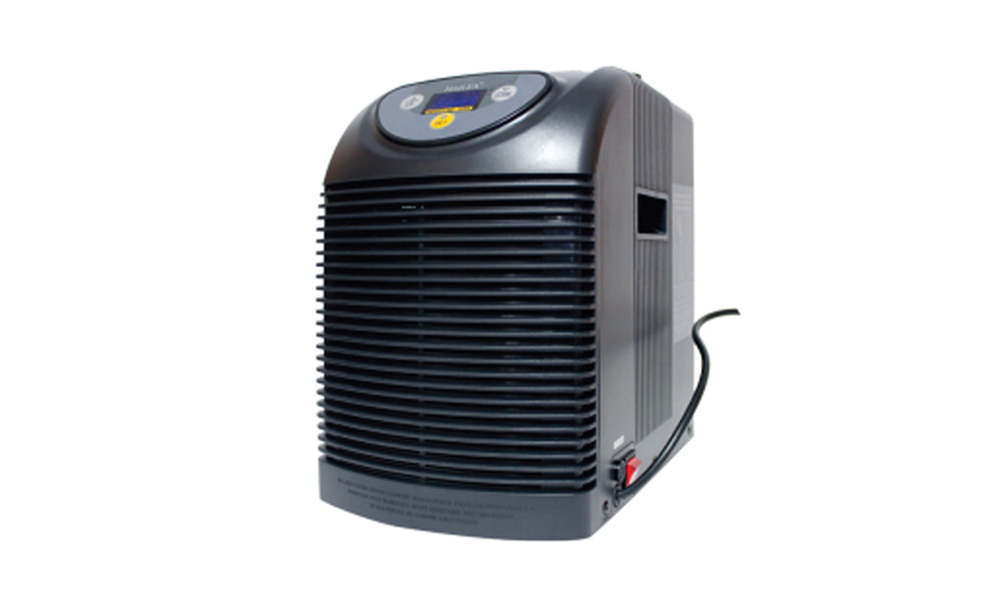
Excessive water temperature is a common problem in hydroponics, leading to lower oxygen levels and an increased risk of root disease. A water chiller maintains the ideal temperature (18–22°C) to keep roots healthy.
What to Consider:
- Reservoir Size: Choose a chiller that matches your system’s water volume.
- Efficiency: Energy-efficient models save electricity.
- Australian Climate Factor: If your hydroponic setup is in a greenhouse, a chiller is essential.
Why It’s Essential
In hot Australian climates, water temperatures can easily rise beyond optimal levels. A water chiller helps counteract these effects, ensuring that plants receive the right amount of oxygen and nutrients without stress.
5. pH & EC Meters – Precision in Nutrient Management
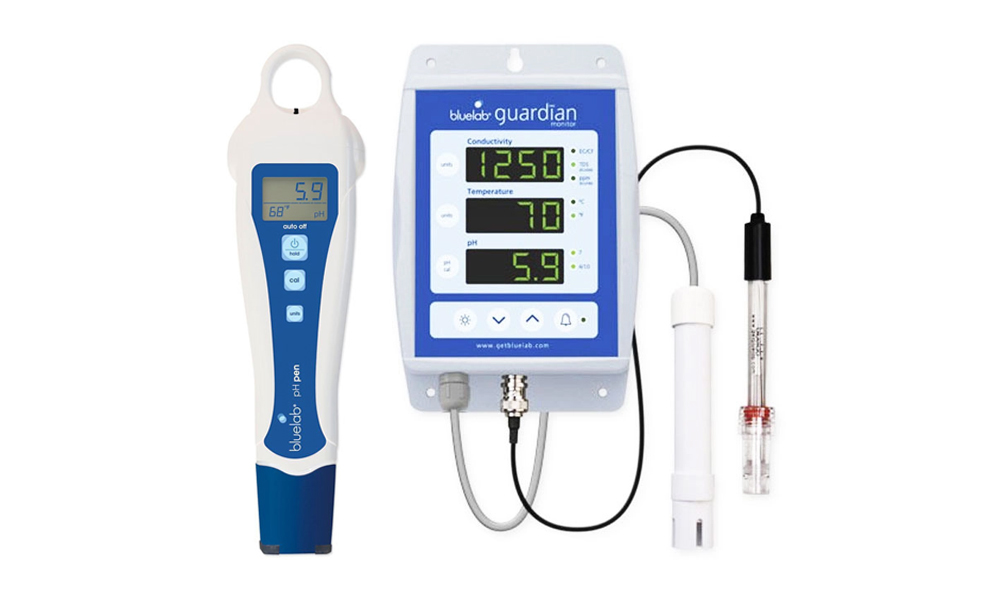
Balancing pH and nutrient concentration (EC – Electrical Conductivity) is key to plant health. Australian water can be hard or alkaline, so making pH adjustments is necessary. Getting a hang of pH can be a bit tricky, especially when you are just starting, to understand on a deeper level check out our blog on understanding pH here. (link pH blog here) When choosing a chiller, your reservoir size sets the foundation - it determines exactly how much cooling power you'll need. For example, when sizing an air conditioner for a room, you need to match the chiller's capacity to your water volume for effective cooling.
Energy efficiency matters because chillers run frequently in hydroponic systems. Modern efficient units use smart technology to cool only when needed, helping keep your electricity costs manageable while maintaining consistent temperatures.
The Australian climate makes chillers especially important for greenhouse setups. Our intense sun can quickly heat water beyond ideal growing temperatures, particularly in enclosed greenhouse spaces where temperatures climb much higher than outside. This makes a properly sized chiller essential for keeping your nutrient solution in the sweet spot for healthy plant growth.
Why It’s Essential
Nutrient availability is directly linked to pH and EC levels. Monitoring these variables ensures plants receive balanced nutrients, preventing deficiencies and toxicities that could hinder growth.
6. Drip Irrigation Systems
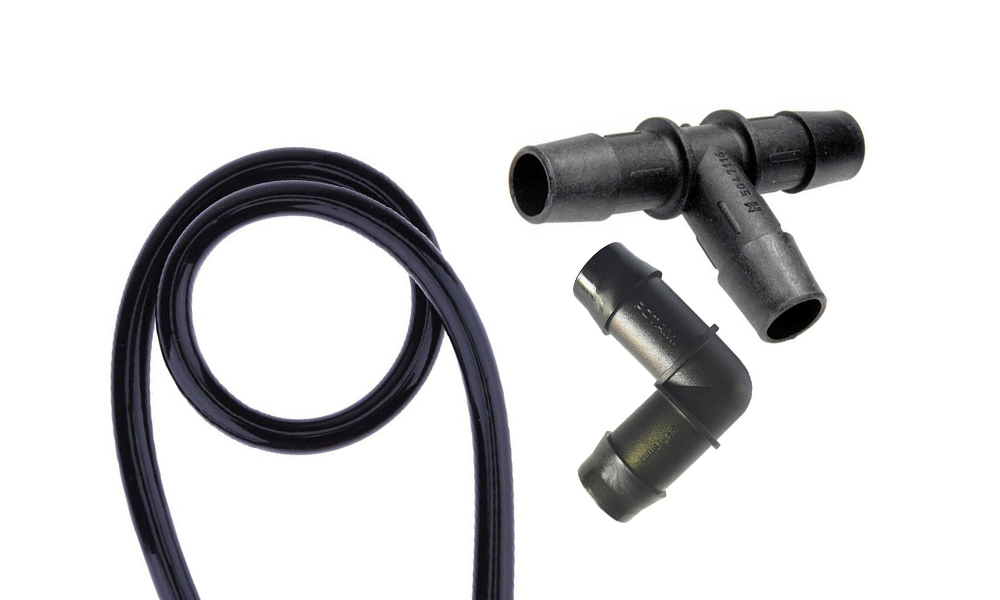
Hydroponic drip systems help distribute nutrients efficiently while minimizing waste. They are especially useful for Dutch bucket or media-based systems. Adjustable drippers give you precise control over water delivery to each plant. Think of them like having individual water taps - you can fine-tune the flow for each plant's specific needs, whether it's a thirsty tomato plant or a more drought-tolerant herb.
High-quality drippers are engineered to prevent clogging through features like self-cleaning mechanisms and wider water pathways. This means your system keeps running smoothly without constant maintenance headaches, ensuring reliable nutrient delivery to your plants.
In Australia's often dry climate, drip systems prove invaluable for water conservation. By delivering water directly to plant roots, these systems typically use 30-50% less water than traditional watering methods. This targeted approach means every precious drop counts, especially during drought periods when water conservation becomes critical.
7. CO₂ Controllers & Regulators
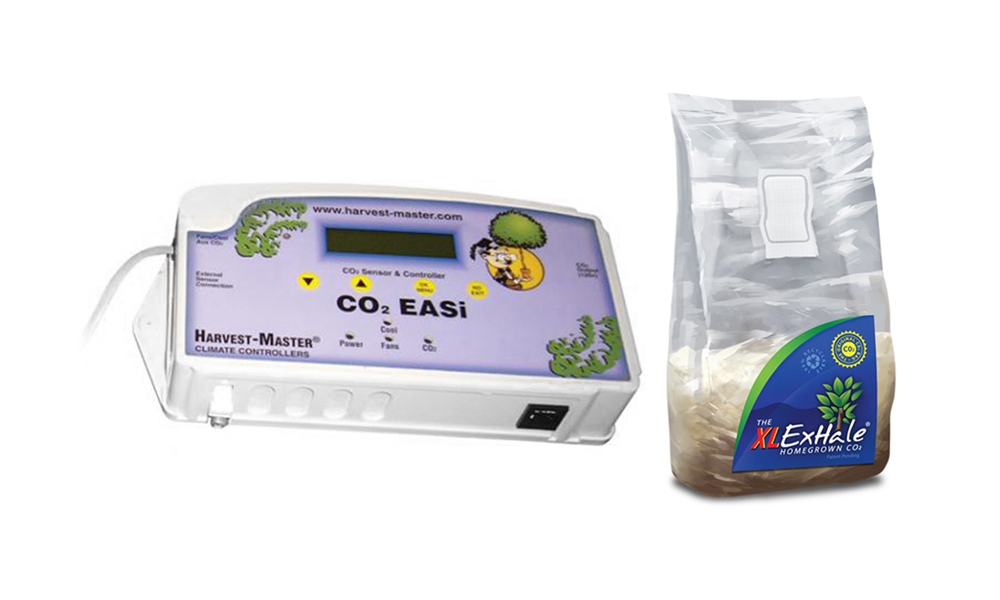
Adding CO₂ to your grow space can seriously boost plant growth, but only if you do it right. A CO₂ controller and regulator let you dial in exact levels, ensuring your plants get just the right amount without waste. Tanks provide precision, while natural methods like composting or fermentation are more budget-friendly but harder to control. Since CO₂ is heavier than air, placing your diffuser above the canopy helps it settle evenly, maximizing absorption. In Australia’s fluctuating climate, sealed grow rooms make the most of your CO₂ by keeping it where your plants need it.
8. Temperature, Humidity & VPD Sensors
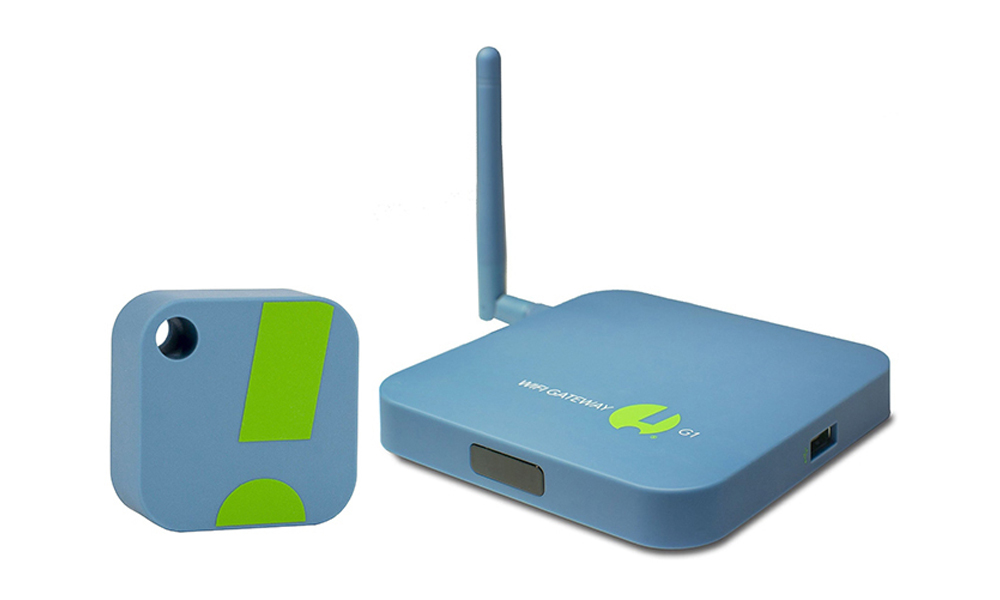
Keeping track of temperature, humidity, and vapor pressure deficit (VPD) is key to creating the perfect growing environment. Too hot or too humid? Your plants can struggle with stress, slow growth, or even disease. That’s where sensors like SensorPush come in—they give real-time updates so you can fine-tune your setup and avoid guesswork. Managing VPD properly ensures your plants transpire efficiently, absorb nutrients better, and ultimately grow faster and healthier.
9. PAR Meters
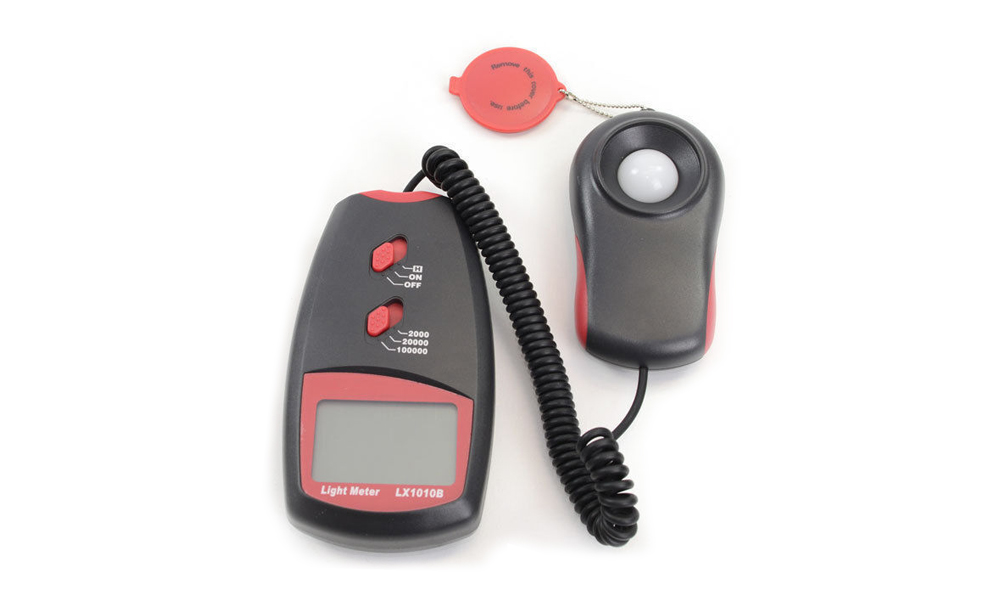
Light is food for your plants, and not all light is created equal. A PAR (Photosynthetically Active Radiation) meter, like the Treeger PAR meter, helps you measure exactly how much usable light your plants are getting. This takes the guesswork out of lighting—no more relying on just wattage or lumens. With a good PAR meter, you can adjust your grow lights to hit that sweet spot for maximum photosynthesis and explosive growth.
Conclusion
Setting up a hydroponic system in Australia comes with unique challenges, from extreme heat to varying water quality. However, with the right accessories—grow lights, ventilation, air pumps, chillers, pH meters, drip systems, and CO₂ diffusers—you can create an efficient, high-yielding setup. Investing in these tools will help you maintain a stable growing environment and optimize plant health.
Hydro Experts – Your One-Stop Shop for Hydroponic Supplies
For high-quality hydroponic accessories, Hydro Experts is Australia's leading online retailer. They offer a vast range of products, including LED grow lights, ventilation systems, air pumps, nutrient solutions, pH meters, and more. Whether you’re a beginner or a commercial grower, Hydro Experts provides affordable and premium-grade equipment to suit all needs.
With expert advice and fast shipping across Australia, Hydro Experts makes it easy to get everything you need for your hydroponic system. Their inventory includes industry-leading brands like Gavita, Mars Hydro, Bluelab, and Canna. They also offer bundle deals and discounts, ensuring cost-effective solutions for every budget.
If you're looking for reliable hydroponic products, visit Hydro Experts and take advantage of their extensive product range and excellent customer service.
FAQs
The Kratky method is a great entry-level system because it requires minimal equipment. Deep Water Culture (DWC) is also beginner-friendly, providing excellent results with little maintenance.
To prevent algae growth, cover all exposed water surfaces to block light, maintain proper oxygenation using air stones, and regularly clean your reservoir.
CO₂ enrichment is beneficial for indoor sealed grow spaces, as it increases plant growth. However, it’s not necessary for open-air setups or beginners just starting out.
It depends on the system and plant type, but generally, hydroponic growers replace their nutrient solution every 7–14 days and top up with fresh water between changes.
Yes, passive hydroponic systems like the Kratky method work without electricity. However, most efficient setups require pumps, lights, and aeration systems to optimize plant growth.

